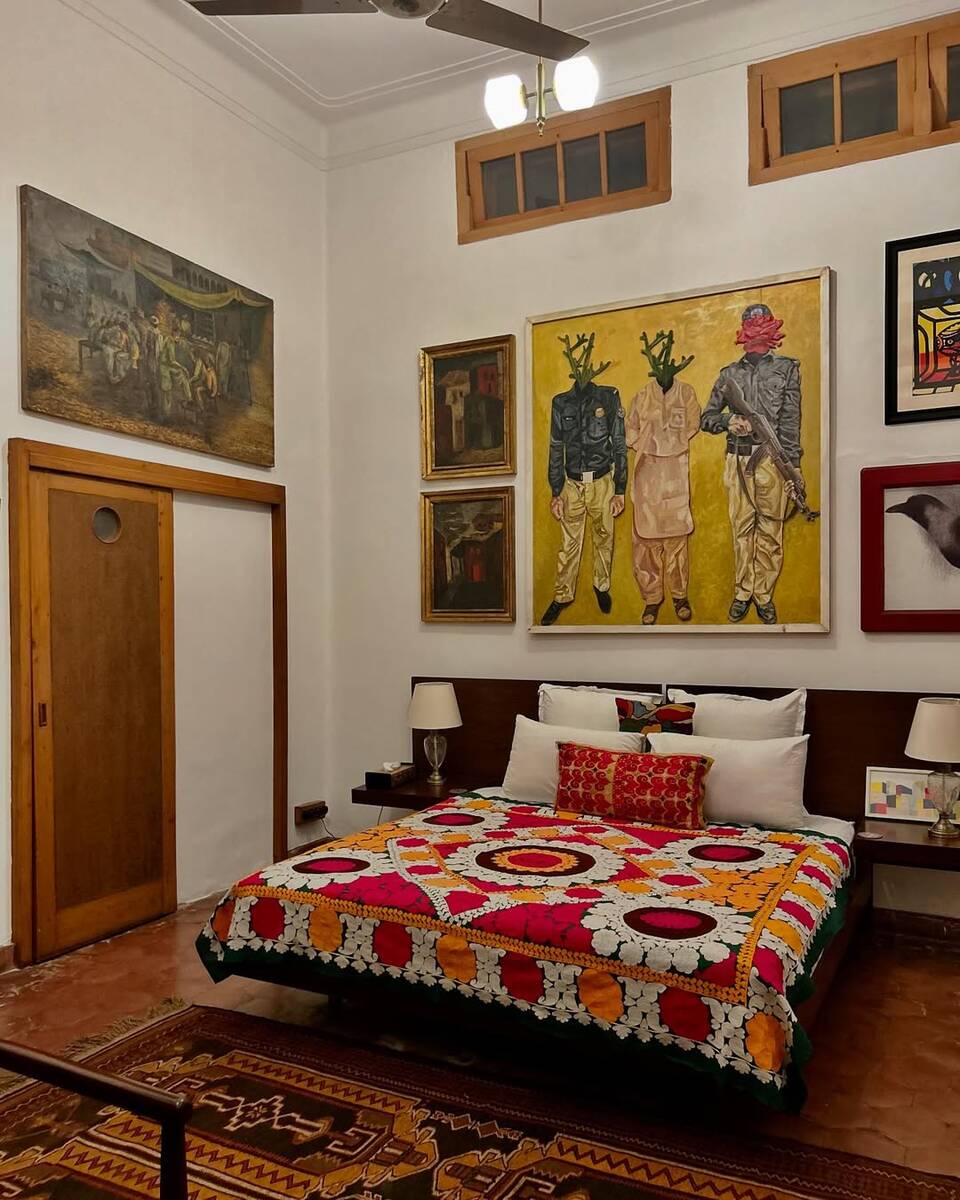KARACHI: Pakistan’s Finance Minister Muhammad Aurangzeb said on Wednesday that Islamabad was seeking investment and technical assistance from China rather than just aid, identifying agriculture, information and technology as important sectors for bilateral collaboration.
Aurangzeb is currently attending the four-day Boao Forum for Asia Annual Conference 2025 in China. The forum, often referred to as the “Asian Davos,” is a high-level platform where leaders from government, business and academia across Asia and other continents gather to discuss pressing global and regional issues.
China is a major ally and investor in Pakistan that has pledged over $65 billion in investment in road, infrastructure and development projects under the China-Pakistan Economic Corridor (CPEC), a part of the Belt and Road Initiative that is a massive China-led infrastructure project that aims to stretch around the globe.
“We are grateful [to China] on the financing side but going forward, we now want investment from China not aid,” Aurangzeb told the China Global Television Network (CGTN) at the sidelines of the conference. “Secondly, we want technical support and assistance.”
The finance minister said China could immensely help Pakistan in boosting its agriculture, information and technology sectors.
Aurangzeb praised China for taking strides in green projects, saying that Pakistan would try its best to learn from its neighboring country on how to tackle the climate change crisis.
“The way Beijing’s pollution was eliminated in record time, we have the same problem in Lahore,” he said. “So there are various sectors where we are working with China and will continue to do so.”
During his address at the conference earlier on Wednesday, Aurangzeb proposed the formation of a global coalition of developing nations to collectively advocate for fair trade and better representation in international financial institutions, criticizing the global economy as unequal.
“Developing countries must unite to demand fair trade principles and improved representation in global financial institutions,” Aurangzeb said, according to a finance ministry statement.
China’s help for Pakistan is crucial at this stage, given the 241-million-strong country has been grappling with a macroeconomic crisis that has adversely impacted its foreign reserves, weakened its national currency and caused a balance of payments crisis.
The country has undertaken some economic reforms in recent months which seem to have yielded fruit as its inflation has gone down and its foreign reserves have increased.
Pakistan has increasingly sought to attract international investment from China, Central Asian states and Middle Eastern allies such as the UAE and Saudi Arabia as it seeks to reduce its dependency on the International Monetary Fund (IMF) for financial bailout packages.
It formed the Special Investment Facilitation Council (SIFC) in 2023 to fast-track decisions related to foreign investment in mining and minerals, agriculture, livestock, tourism and other priority sectors.


















